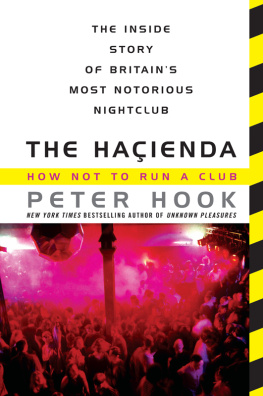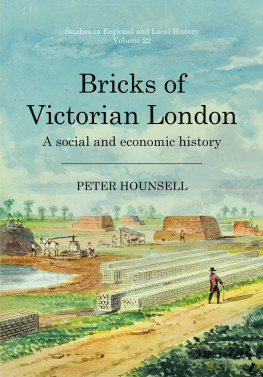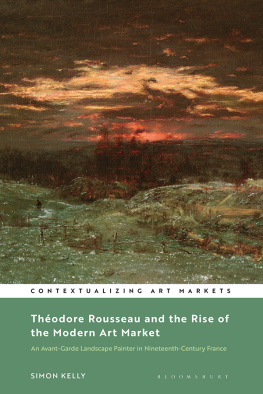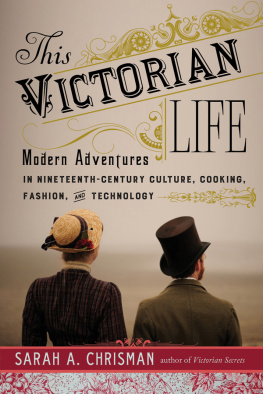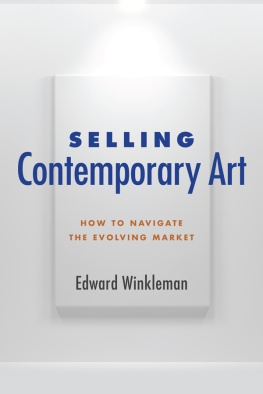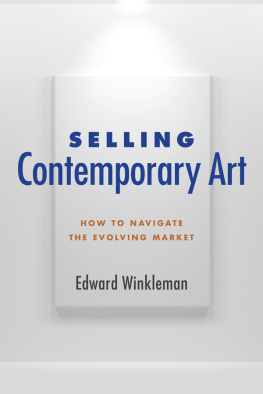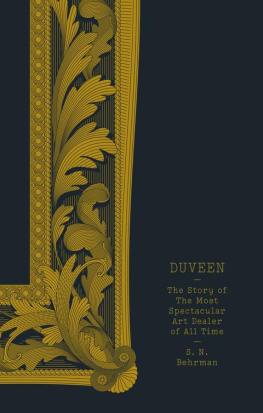ROGUES GALLERY: The Rise (and Occasional Fall) of Art Dealers, the Hidden Players in the History of Art
Copyright 2017 by Philip Hook
Additional photo credits on
Originally published in the UK as Rogues Gallery: A History of Art and Its Dealers by Profile Books Ltd in 2017.
First published in North America by The Experiment, LLC, in 2017.
All rights reserved. Except for brief passages quoted in newspaper, magazine, radio, television, or online reviews, no portion of this book may be reproduced, distributed, or transmitted in any form or by any means, electronic or mechanical, including photocopying, recording, or information storage or retrieval system, without the prior written permission of the publisher.
The Experiment, LLC, 220 East 23rd Street, Suite 301, New York, NY 10010-4674
theexperimentpublishing.com
Many of the designations used by manufacturers and sellers to distinguish their products are claimed as trademarks. Where those designations appear in this book and The Experiment was aware of a trademark claim, the designations have been capitalized.
The Experiments books are available at special discounts when purchased in bulk for premiums and sales promotions as well as for fund-raising or educational use. For details, contact us at .
Library of Congress Cataloging-in-Publication Data
Names: Hook, Philip, author.
Title: Rogues gallery : the rise (and occasional fall) of art dealers, the hidden players in the history of art / Philip Hook.
Description: New York : Experiment, 2017. | Originally published in the UK as Rogues Gallery: A History of Art and Its Dealers by Profile Books Ltd in 2017. | Includes bibliographical references and index.
Identifiers: LCCN 2017025490 (print) | LCCN 2017025714 (ebook) | ISBN 9781615194285 (ebook)
Subjects: LCSH: Art dealers. | Art--Collectors and collecting--History.
Classification: LCC N8620 (ebook) | LCC N8620 .H66 2017 (print) | DDC 709.2--dc23
LC record available at https://lccn.loc.gov/2017025490
Ebook ISBN 978-1-61519-428-5
Cover and text design by Sarah Smith
Cover photographs: Men silhouetted in art gallery Jean-Francois Gate | Getty Images; The Gersaint Shop Sign (oil, 1721) by Jean Antoine Watteau (16841721) Schloss Charlottenburg, Berlin, Germany | Bridgeman Images
Author photograph by Heath Williams
Distributed by Workman Publishing Company, Inc.
Distributed simultaneously in Canada by Thomas Allen and Son Ltd.
First printing October 2017
10 9 8 7 6 5 4 3 2 1
Contents
Introduction
I n the 1920s the legendary dealer Joseph Duveen, alert to all the nuances of selling art, deployed a strategy known as below-stairs intelligence. He paid bribes to the servants of his richer clients to elicit useful information about their masters. By this means he discovered that the Baron Maurice de Rothschild, a notoriously autocratic and ill-tempered collector, suffered from chronic constipation. Buying art is a matter not of science but of stomach, so before contemplating any business with him it was advisable to telephone his valet de chambre to see if his bowels had moved that morning. Such attention to detail distinguishes the great art dealers. There is a heroism to their persistence and ingenuity. They can be pioneers, too: A man of action like the conqueror, a man of judgment like the critic, a man of passion like the apostle was the rhapsodical verdict of Arsne Alexandre on the art-dealing champion of the Impressionists, Paul Durand-Ruel. Marcel Duchamps view of art dealers, on the other hand, was more succinct: Lice on the backs of the artists. Whether they are conquerors or parasites, or somewhere in-between, the history of art would be very different and much less rich (both literally and metaphorically) without art dealers. Both the pleasure and the hazard of their profession can be traced to the unique nature of the commodity in which they are trading.
Art has very little functional value. I suppose that in the direst emergency a canvas by Roy Lichtenstein could be strung up horizontally on four poles to provide shelter from sun or rain, or a Henry Moore maquette could be used as a doorstop. I have a friend who, with no string to bind the asparagus he was cooking upright in a pan of boiling water, undid the picture wire from the back of a nearby framed work by Bernard Buffet and used that. This was a rare instance of a work of art providing (indirectly) physical as well as spiritual sustenance. But that is not the purpose for which art is sold to a buyer, even a Buffet. No, the value of art lies in less quantifiable realms, governed by concepts like beauty, quality and rarity. That makes it a commodity with a value of disconcerting elasticity, because the criteria that determine it are spiritual, intellectual and aesthetic, often mixed with the social and aspirational. Thus those charged with the sale of works of art dwell in a glorious, free-ranging territory where fantasy is king, and something worth $100,000 in one context can the next day be worth $200,000 in another (or sometimes, more dispiritingly, only $50,000). It depends who is selling it, and how compelling their sales pitch is.
Art dealers are purveyors of fantasy. I dont mean fantasy in the sense of an untruth, but rather the sort of fantasy that stimulates soarings of the imagination, elevations of the spirit, and tantalizing glimpses of highly remunerative investment. This is the territory of the art dealer, that Elysian Field bounded at the one end by the price of the work bought and at the other by the price of the work sold (or, to use the modern euphemism, the work sourced and the work placed). The larger the distance between the two, the happier the dealer. Delacroix recognized the element of fantasy that attends every successful sale of a work of art when he described art dealers as financiers du mystre. We all create myths about ourselves. Art dealers are particularly good at it, purveying as they do a compelling brand of fantasy in a market that is passionate rather than rational. Fantasy is infectious, too: Sometimes it seeps through from the object sold to the seller himself, who starts to believe his own myth. Indeed some of the most successful art dealers have been those most firmly convinced of their own wonderfulness.
Art dealing is about persuading people to buy things they want but dont need. That, of course, is the challenge confronting the entire luxury goods industry. But what sets art apart is that you are marketing something beyond mere skill; you are marketing something intangible, unmeasurable, but infinitely desirable: genius. It is the mystery ingredient, inherent in the perception of art from the Renaissance onwards, but first identified and deployed in a big way by the Romantic movement. And it is no coincidence that the period when art starts being most boldly perceived as a matter of genius, in the nineteenth century, is the moment when art dealers start to flourish most significantly. Because genius is that gloriously unquantifiable value-adder.
The price of a work of art is an index of pure, irrational desire, wrote Robert Hughes, and nothing is more manipulable than desire. The buyer of the superb Czanne Le garon au gilet rouge, which made a record-breaking price in the Goldschmidt sale at Sothebys in 1958, was revealed to be the great American collector Paul Mellon. To the question of whether he had paid too much his answer was emphatic: You stand in front of a picture like that, and what is money? What indeed? Great art was being acknowledged as, literally, beyond price. It is an extension of the devotional metaphor. Art, for twenty-first-century society, is the new religion. Buying art is like religious belief: It involves an act of faith. Trying to rationalize that process by a clinical analysis of the sum paid for a great work of art is as futile as the application of scientific reason to transcendent religious experience. It is, as Paul Mellon declares, irrelevant. That irrelevance, vouched for by a major and respected player in the top league of world wealth, was a glorious justification for art dealers to set their own prices for the best works. As the art-market historian Gerald Reitlinger observed, the value placed on pure genius is limited only by the fluid capital available. You stand in front of a picture like that, and what is money?: It is a quotation that Sothebys and Christies might print next to any masterpiece they offer in their catalogues, in lieu of a presale estimate.
Next page


